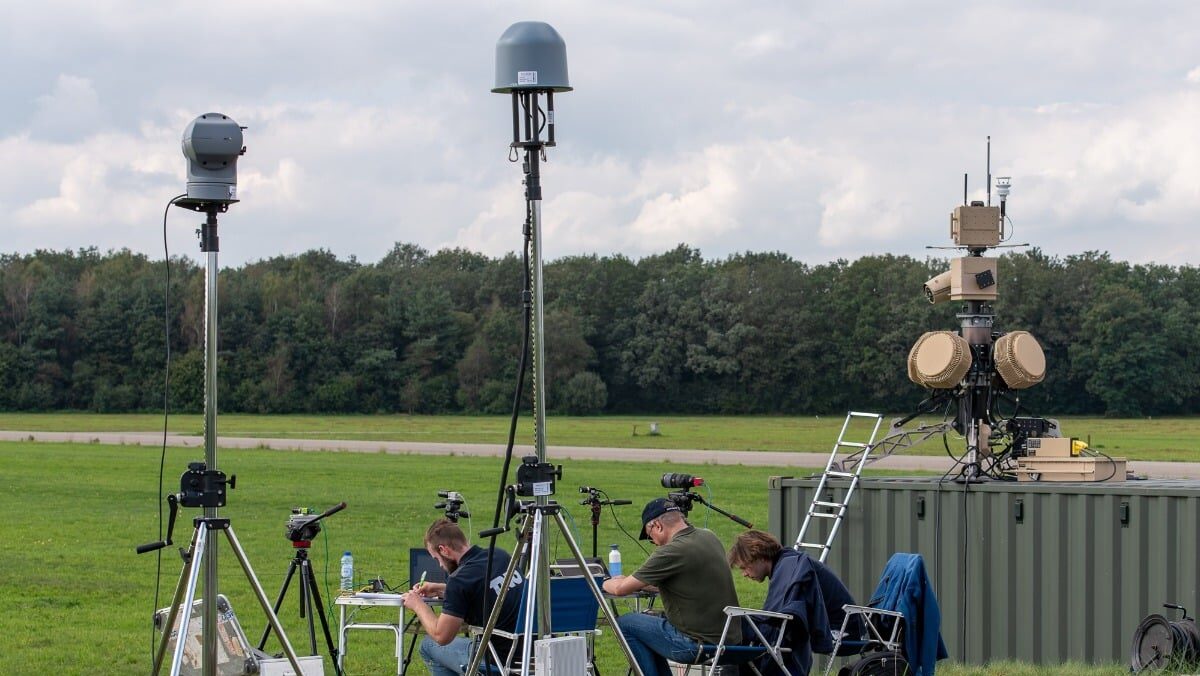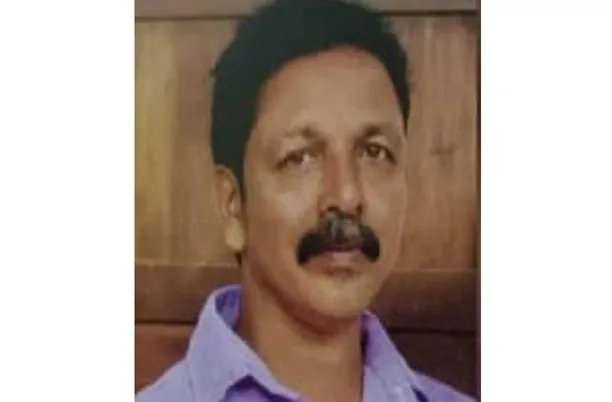
BELFAST — NATO’s fielding of counter-drone systems must be expediated so the threat of Russian drones violating alliance airspace can be better dealt with, according to a senior NATO official.
Counter-drone technology is “something we really have to field now, not in years,” Gen. Ingo Gerhartz, commander of NATO Allied Joint Force Command Brunssum, told the Warsaw Security Forum today. “It has to be fielded in months, in a multi-domain approach.”
He said NATO, the European Union and individual nations need to be a “bit faster” at acquiring counter drone systems.
Shooting down cheap drones that cost $2,000 to $3,000 with million-dollar missiles is neither effective nor sustainable, shared Gerhartz.
In the wake of Russia’s drone incursion into Poland, NATO launched Eastern Sentry to boost its air defenses across the Eastern Flank, chiefly through the deployment of British, Danish, French and German weapon systems.
“Putting more assets in there [Eastern flank] more fighters [combat jets] … gives us a good feeling,” said Gerhartz. “It signals that NATO and the countries can react. But we need other equipment, even more. We need low cost sensors. We need low cost effectors.”
In addition to flying drones over Poland, Moscow has done the same over Romania and has flown fighter jets over Estonia, moves that European officials have widely condemned.
In a joint statement today, the foreign ministers of France, Germany and Poland called the Russian actions “reckless, hostile acts.”
Signaling increased efforts on the continent to respond to drone threats, France, Germany and Sweden are among a number of countries that have agreed to supply Denmark with counter drone systems in order to enhance security for a European Council (EC) meeting in Copenhagen on Wednesday, the Danish Ministry of Defense announced today.
The allied support follows on from Denmark temporarily banning civilian drone flights over its airspace after a series of drone sightings and related incidents involving the Nordic nation’s military bases and local airports.
When asked, Gerhartz said that it would be for “someone” from Denmark to determine if “capacities” were in place to “secure” Copenhagen, ahead of the forthcoming EC summit, but from a “NATO perspective” the alliance is ready to defend against future Russian incursions involving “missiles or aircraft or whatever.”
Responding to NATO Secretary General Mark Rutte’s assessment from July that the alliance requires a 400 percent increase in its air and missile defense capabilities, Gerhartz said the figure could be met “very soon” and it “doesn’t matter” if NATO members decide to buy different air defense systems, so long as the platforms can be integrated.
Speaking alongside Gerhartz in Warsaw, Ben Hodges, former Commander of US Army Europe, said that NATO has not “mentally prepared” for daily Russian drone strikes involving “hundreds” of aircraft. “We absolutely have not exercised for that,” he added. “Think about 10,000 American troops in Poland and the Russians are willing to launch 21 drones into Poland. That tells you they are not concerned [or] that we were actually going to do anything about it.”



